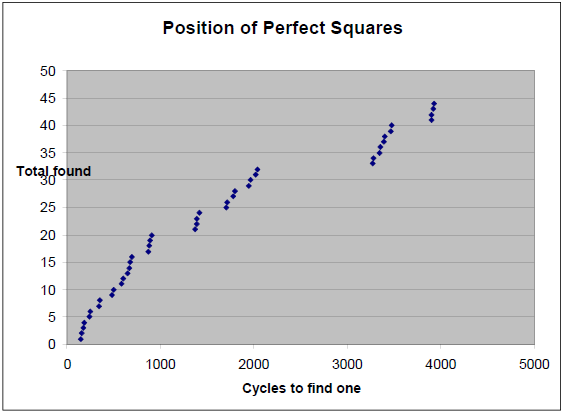COUNTING NINE BY NINE ‘MAGIC’ SQUARES
Here is a really perfect square. I have decided to call these exceptionally perfect squares (EP)!
Not only do all rows and columns sum to 369, but so do all diagonals and all blocks of three by three! E.g 48+15+58+79+44+9+68+28+20 = 369. See the template illustrated next below to see where these squares are found. I am still searching for more of these EP squares. Let me know if you know of Any! squares@taudevinengineering.co.uk
Below is illustrated part of the reference pattern for generating all the squares in each family. An attempt has been made to remove all duplicates at this stage, but a checking system will hopefully eliminate other pattern repeats, and any unrecognised duplication routes. Glenn Duff generated a unique hexadecimal number for each square of low order, but it was not perfect. It failed above a seven x seven square because it was based on a false initial assumption – my fault!
The green shaded squares, and others below, show proven duplications (I hope). I think there will be some more, experiments will find them.
There are 288 perfect squares in each run (e.g. A with B); formed from the number sequences that ‘work’. So far I have not tried to count imperfect squares as there are too many possibilities. The graphs below show where these perfects are situated in the run. Their position will depend on the algorithm used to cycle all the possibilities.
Below is a table of the results generated, when all possible sequences of numbers are run at the A position, and the follow-ons at B are held fixed at an arbitrary sequence. In this case the sequence chosen was the first from A w B which produced an imperfect square (i.e. 1, 2, 3, 5, 6, 4, 9, 7, 8). I have noted the places where EP s occur and would welcome comments on whether they are duplicates or not. This list is now extended to cover two cases of cycling both sets of number sequences.
At this stage there are thus 82,944 * 24 = 1,990,656 perfect squares of which 331,776 are “Exceptionally Perfect”.
E M Taudevin. March 2012.






